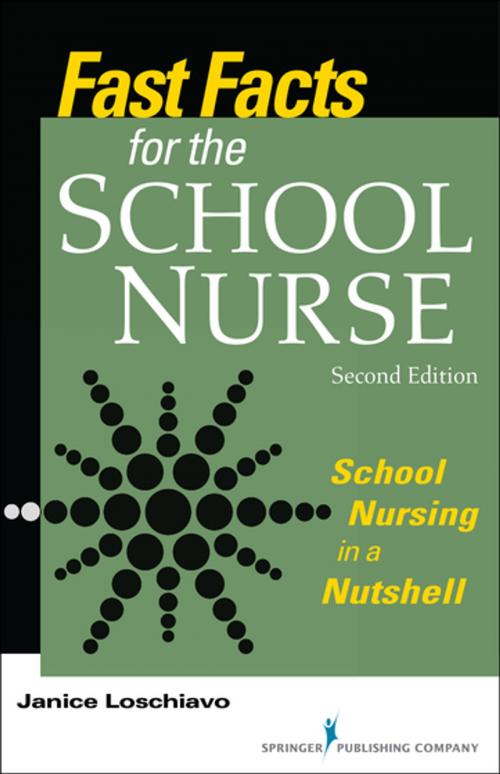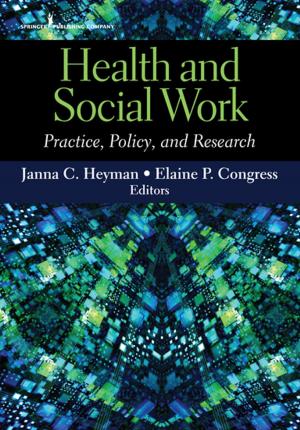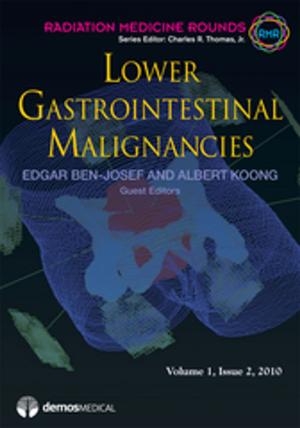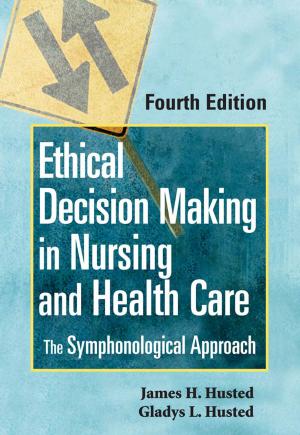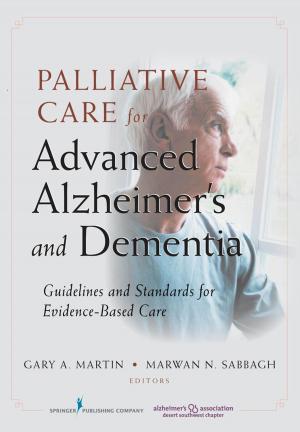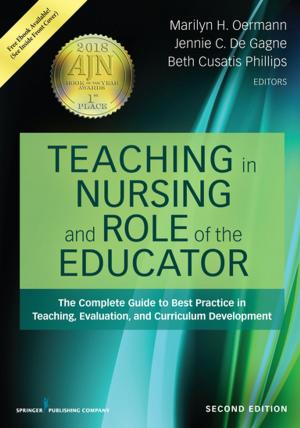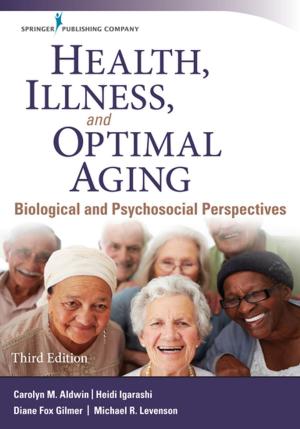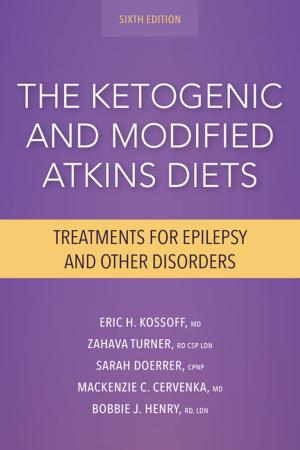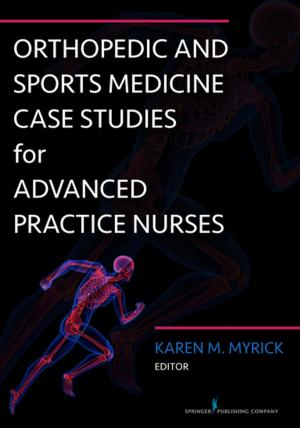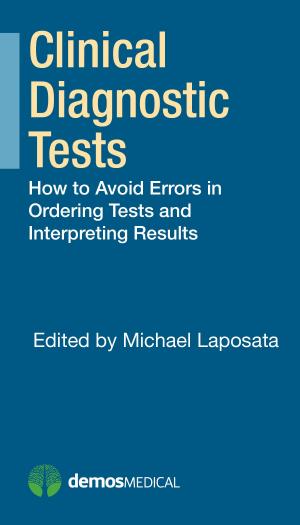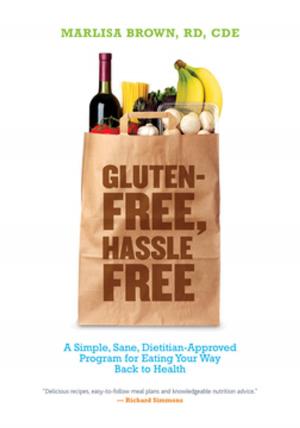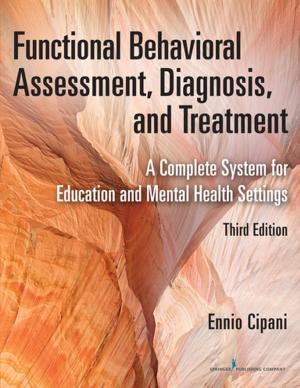Fast Facts for the School Nurse, Second Edition
School Nursing in a Nutshell
Nonfiction, Health & Well Being, Medical, Nursing, Home & Community Care| Author: | Janice Loschiavo, MA, RN, NJ-CSN | ISBN: | 9780826128775 |
| Publisher: | Springer Publishing Company | Publication: | March 9, 2015 |
| Imprint: | Springer Publishing Company | Language: | English |
| Author: | Janice Loschiavo, MA, RN, NJ-CSN |
| ISBN: | 9780826128775 |
| Publisher: | Springer Publishing Company |
| Publication: | March 9, 2015 |
| Imprint: | Springer Publishing Company |
| Language: | English |
“Fast Facts for the School Nurse, Second Edition, will direct school nurses to the answers for many questions and to wiser counsel when a dilemma seems unsolvable. It is…authored by a school nurse of publicly acclaimed distinction who brings a lifetime of experience to these pages.”
—Lucille A. Joel, EdD, RN, FAAN, Professor, College of Nursing
Rutgers, The State University of New Jersey
From the Foreword
This concise reference provides quick access to information busy school nurses need every day to practice competently and efficiently. It is written for nurses who are transitioning to a school setting, yet has much to offer more experienced school nurses. The second edition has been substantially revised to address the Healthy People 2020 initiative to school-age children and their families, and to incorporate information about the push toward formal evaluation of school nurses. It discusses new technology and the effects of head trauma and other sports-related injuries on academic performance. New content, “Top 10 Timely Troublesome Topics for the School Nurse,” deals with issues such as getting substitutes and the prioritization of tasks for novice and substitute school nurses.
Authored by a nurse with over 25 years of school nursing experience, this consistently organized reference offers straightforward guidelines to a range of daily tasks and nursing responsibilities and provides clinical protocols for safe management of common childhood illnesses, accidents, and emergencies, along with legal and ethical considerations, documentation, high-risk areas in school nursing practice, and the requirements of both the Americans with Disabilities Act and the Individuals with Disabilities Education Act. Included are the delivery of culturally appropriate care, screening tools, wellness strategies, care plans for children with chronic disorders and special needs, adolescent sexuality, childhood obesity, drug use, and a food allergies “tool kit.” “Clinical Snapshots” throughout highlight critical information. The guide is useful as a supplemental textbook for nursing students studying for state or national certification exams.
New to the Second Edition:
- “Top 10 Timely Troublesome Topics for the School Nurse”
- Correlations of the Healthy People 2020 initiative with school nurse practice
- Meaningful examples (“Clinical Snapshots”) relevant to the topic
- The effects of head trauma and other sports-related injuries on academic performance
- Academic requirements for school nursing in each state
- Prioritization of tasks for novice and substitute school nurses
“Fast Facts for the School Nurse, Second Edition, will direct school nurses to the answers for many questions and to wiser counsel when a dilemma seems unsolvable. It is…authored by a school nurse of publicly acclaimed distinction who brings a lifetime of experience to these pages.”
—Lucille A. Joel, EdD, RN, FAAN, Professor, College of Nursing
Rutgers, The State University of New Jersey
From the Foreword
This concise reference provides quick access to information busy school nurses need every day to practice competently and efficiently. It is written for nurses who are transitioning to a school setting, yet has much to offer more experienced school nurses. The second edition has been substantially revised to address the Healthy People 2020 initiative to school-age children and their families, and to incorporate information about the push toward formal evaluation of school nurses. It discusses new technology and the effects of head trauma and other sports-related injuries on academic performance. New content, “Top 10 Timely Troublesome Topics for the School Nurse,” deals with issues such as getting substitutes and the prioritization of tasks for novice and substitute school nurses.
Authored by a nurse with over 25 years of school nursing experience, this consistently organized reference offers straightforward guidelines to a range of daily tasks and nursing responsibilities and provides clinical protocols for safe management of common childhood illnesses, accidents, and emergencies, along with legal and ethical considerations, documentation, high-risk areas in school nursing practice, and the requirements of both the Americans with Disabilities Act and the Individuals with Disabilities Education Act. Included are the delivery of culturally appropriate care, screening tools, wellness strategies, care plans for children with chronic disorders and special needs, adolescent sexuality, childhood obesity, drug use, and a food allergies “tool kit.” “Clinical Snapshots” throughout highlight critical information. The guide is useful as a supplemental textbook for nursing students studying for state or national certification exams.
New to the Second Edition:
- “Top 10 Timely Troublesome Topics for the School Nurse”
- Correlations of the Healthy People 2020 initiative with school nurse practice
- Meaningful examples (“Clinical Snapshots”) relevant to the topic
- The effects of head trauma and other sports-related injuries on academic performance
- Academic requirements for school nursing in each state
- Prioritization of tasks for novice and substitute school nurses
